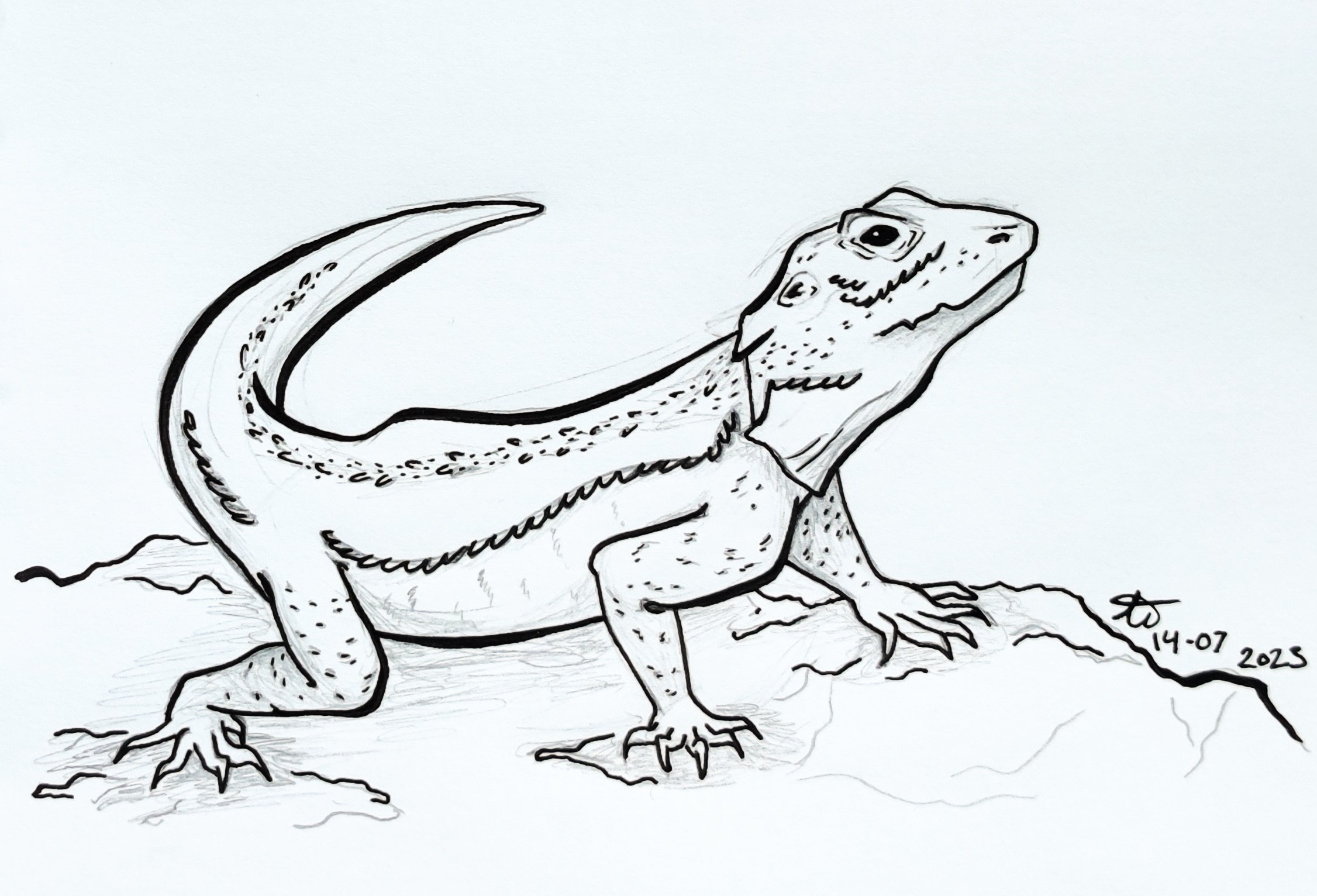Gronzor
Basic Information
Anatomy
Genetics and Reproduction
Ecology and Habitats
Dietary Needs and Habits
Biological Cycle
Behaviour
Usually seen one at a time, one might assume that the gronzor is a solitary animal, but it is not. In their burrows they gather, only sending out a couple individuals at a time to hunt.
They are quick footed, and zip around on the sand. They are easily disturbed/scared, so it is difficult to come close to one.
Additional Information
Uses, Products & Exploitation
Geographic Origin and Distribution
Perception and Sensory Capabilities
The gronzor mainly uses its eyes for perceiving its environment. The sight is sharp and it has an almost 360 degree line of sight.
The lizard can also use its tongue and feet to receive information. The tongue can sense small changes in smell in the air around it, allowing it to sense prey even though it cannot see it with its eyes. The pads under its feet are also very sensitive, feeling vibrations from other creatures.

Body 30 cm + tail 20 cm



Comments